The bombshell plan by new CEO Thierry Bolloré to make Jaguar a maker solely of electric cars from 2025 strikes a rarely seen balance of ambition and realism with lashings of conjecture about whether or not the plan will work.
The casual observer may ask what other option did Jaguar have but to go electric, given the UK government’s ban on petrol and diesel from 2030? But there were other options, many of which were unpalatable or simply dead ends, ranging from killing the brand altogether to continuing to trundle along with evolutions of the existing product range.
Going electric-only in 2025 - i.e. earlier than nearly every other ‘old’ car maker - will give Jaguar a head start at really establishing itself as an electric car maker, while distancing it from Land Rover (the idea of 'JLR' is, after all, largely meaningless to most car buyers). It will also allow it not to be inhibited neither by ‘legacy’ products, which, let’s be honest, have largely all but failed (if they hadn’t, Jaguar wouldn’t be in this position) nor a showroom full of conflicting models and messages.
Jaguar will now be free to create modem, progressive cars that don’t need to tick boxes in a range and go chasing volume. It ends debates over questions such as ‘what does an XE successor need to do?', because the XE's is a market in which Jaguar no longer needs to play. If you’re uninhibited by decisions and needs like that, just how special can future Jaguars be? Very, we’d bet.
It’s some change. This era of Jaguar can be traced back to the launch of the Jaguar F-Type, which kick-started an expansion of the brand to have a showroom line-up that, at one point, had seven models in it, yet still never went above 180,000 units – less than 10% of BMW. Even with volume cars in volume markets, Jaguar never took off.

The headline is that Jaguar is going electric, but arguably the bolder call is the decision to move it at the same time upmarket into a luxury brand rather than the mere premium one it is today.
Given that the XJ is considered as luxurious as Jaguars can get, why wouldn’t an all-electric XJ work for this new-look, upmarket brand? Is a range-topping saloon to rival the likes of the Mercedes-Benz S-Class still not premium enough for Jaguar?
It does make you wonder whether there was a fundamental engineering problem with the car, which in turn sets alarm bells ringing about how they would solve the issue. And if they do, it leaves you wide-eyed at the thought of Jaguar seeing itself as a future Bentley competitor, a position in the market that can’t be claimed in just a few years.
Still, the decision to kill the launch of the XJ should still be considered a confident one. Yes, it's disappointing that we’ll never get to see a model that has been spoken of so highly by those who have designed it. But if management has no confidence that it will succeed or work for the brand, then why persist with it? Better that than a botched launch.
Jaguar originally had a chance to reinvent itself with the launch of the Jaguar I-Pace, a car that ditched so many of the Jaguar conventions we’ve always known, while still feeling worthy of the badge. Yet for all the critical acclaim, the i-Pace has never set the sales charts alight and has shifted just over 40,000 units in its two and a half years on sale, although its most recent quarter on sale was a record one.
It’s that upward sales trend, along with the momentum shift behind electric cars from legislators and the buying public, that gives this most exciting of plans a chance of success.
It may have taken Jaguar a few years to follow up on the promise of the I-Pace and use it as a blueprint around which to build the future of the company, but now the moment has finally arrived.
READ MORE
Jaguar to become all-electric brand from 2025
Electric Jaguar XJ scrapped as part of brand reinvention plan

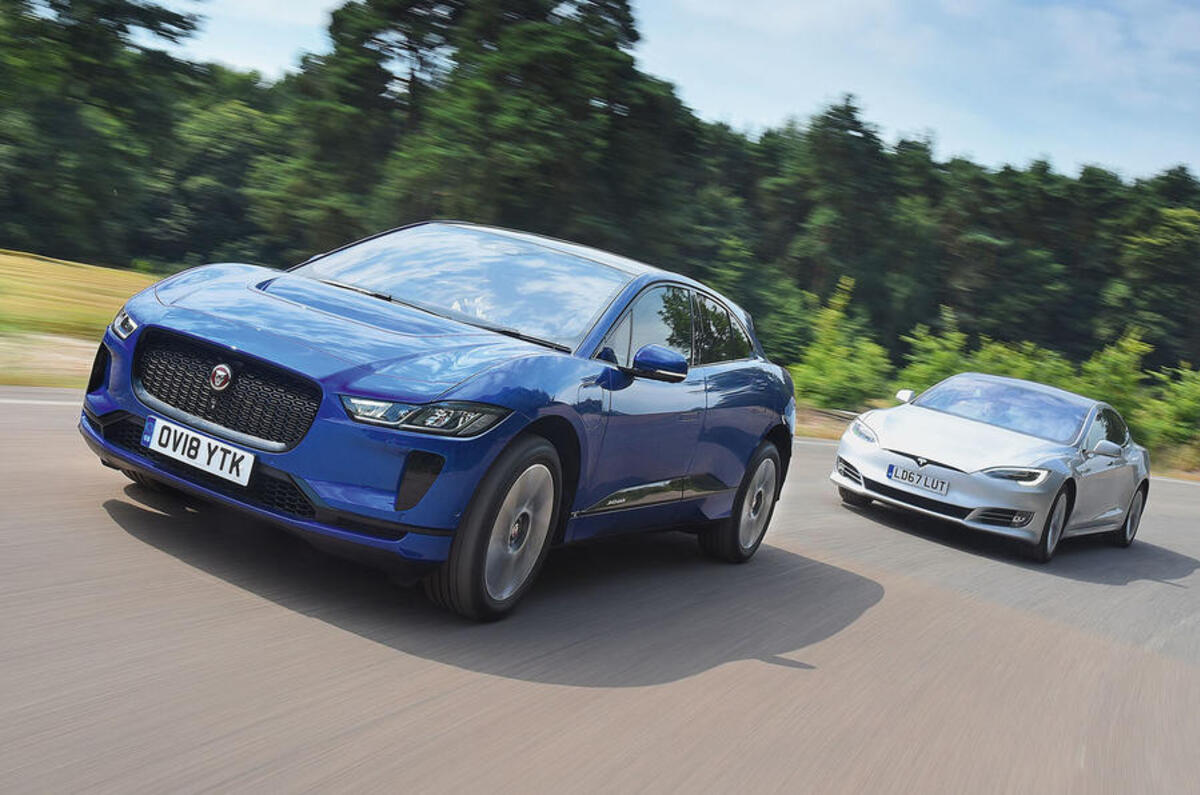
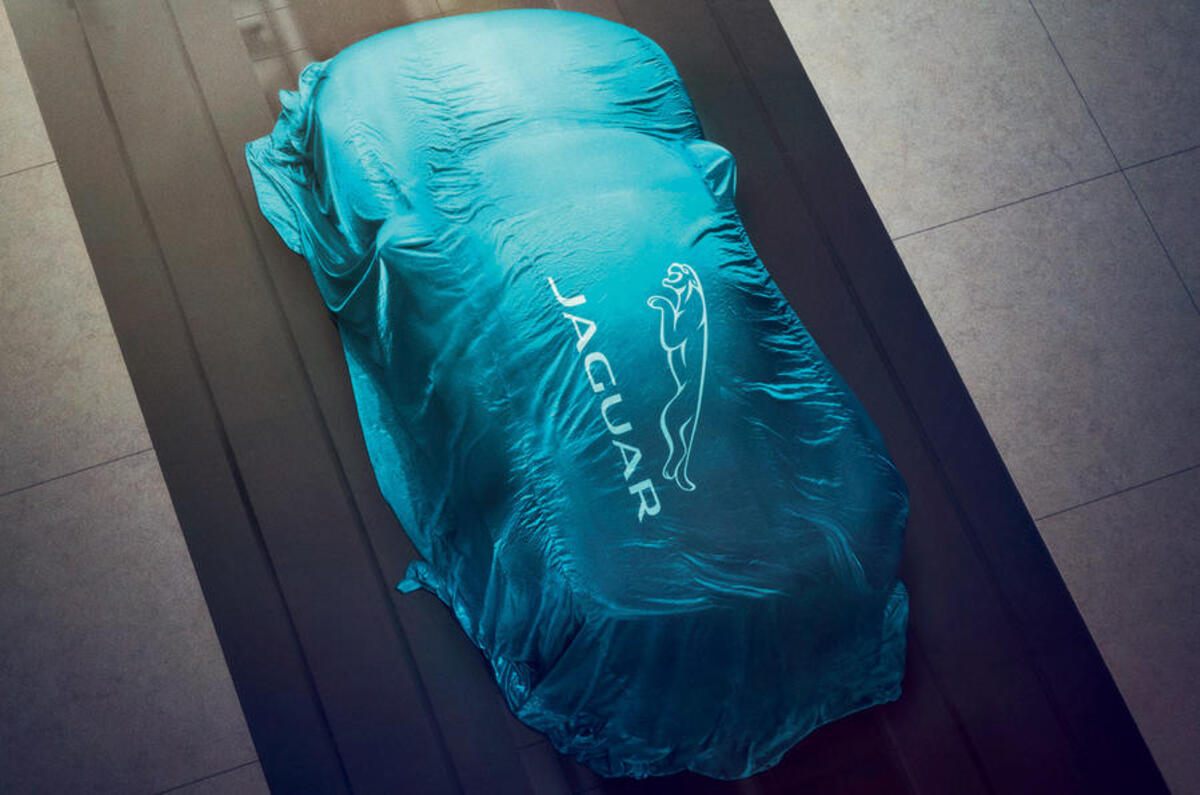

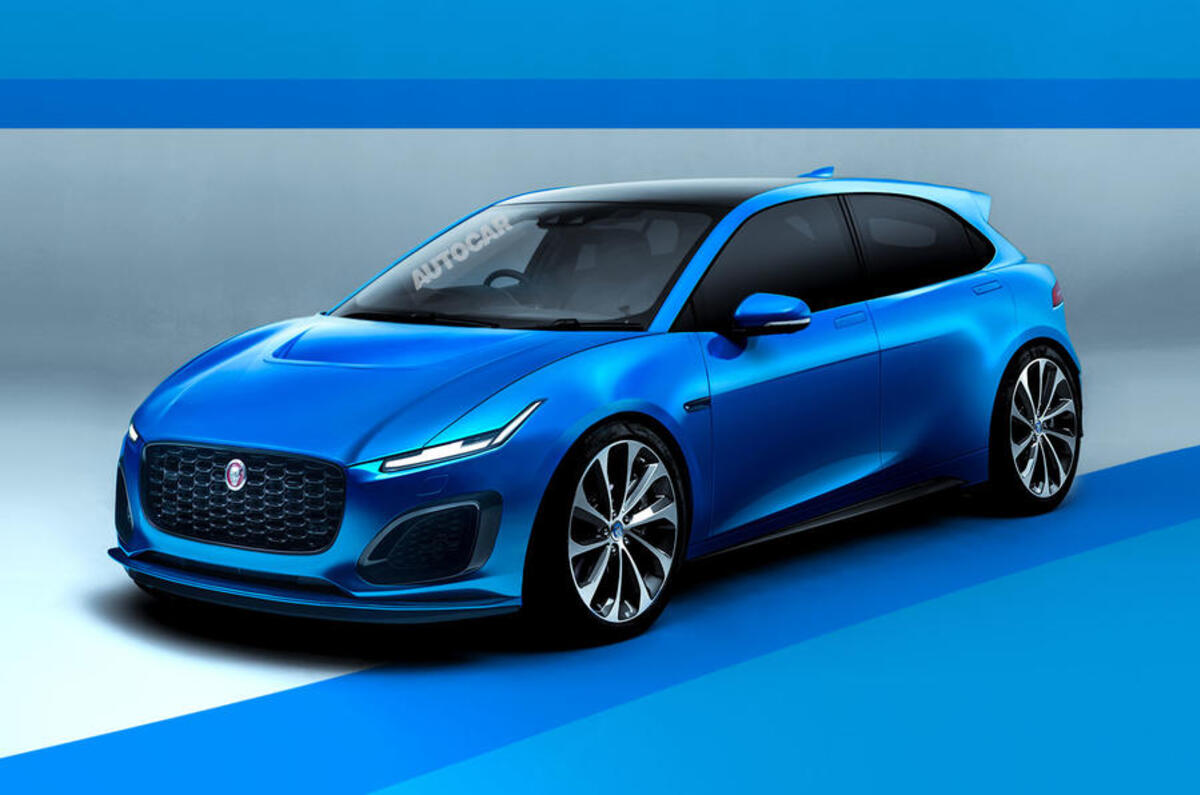
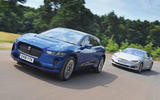

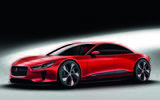
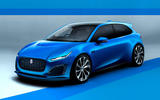


Join the debate
Add your comment
While I'm glad Jaguar will still exist and can see the sense in making purely EV's, moving upmarket seems unrealistic/potentially fatal.
In my opinion, over the past couple of decades JLR have been getting more expensive, without ever really making a genuine case why they should. In the fifties and sixties Jaguar had a nice little niche, offering desirable cars at a price lower than the competition.
Why not try this again?
And when was there ever a Jaguar that sold like Ford Fiestas?, Jaguar was always seen as expensive, in the days when wood veneer was veneer, and Leather was as soft as Butter, that can happen now, we want our new car on the drive next day, hand built Jaguars died out decades ago, as for going EV, well, it's a gamble, a big gamble, and so far there's not anything special, game changing,and it'll be while yet before we see nearly everyone in an EV.
20 plus years ago, Jaguar had a great image, if not reputation, outside the UK. The problem is they proclaimed themsleves the British Porsche a decade ago, then immediately tried to take on BMW, Audi et al. Then theres the boxy russian doll design, nothing whatsover visually connected to their heritage, even though theres been some lovely looking concepts over the years. Hopefully, we might see some curves and accentuated haunches on future models. iPace may be a great car, but it aint pretty imho and looks massively overweight when you see it parked up.
Can Jaguar leap to the front of the pack? was the question. The answer is a resounding no, but that is not really the point.
The aim at the moment should be for Jaguar to produce products that people want to buy in sufficient numbers to keep the marque alive.
That should have restarted with the i-Pace, but hasn't because it had too short a range, lacked sufficient material quality and high grade technology, was not seen as a true Jaguar (partly by being built in Austria) and yet ultimately was also too expensive for what it offered. It also had no unique selling points compared to the Tesla models S and X.
These are all mistakes that Jaguar now need to avoid in their new models and I wish Thierry and his team the best of luck. They will surely need it.